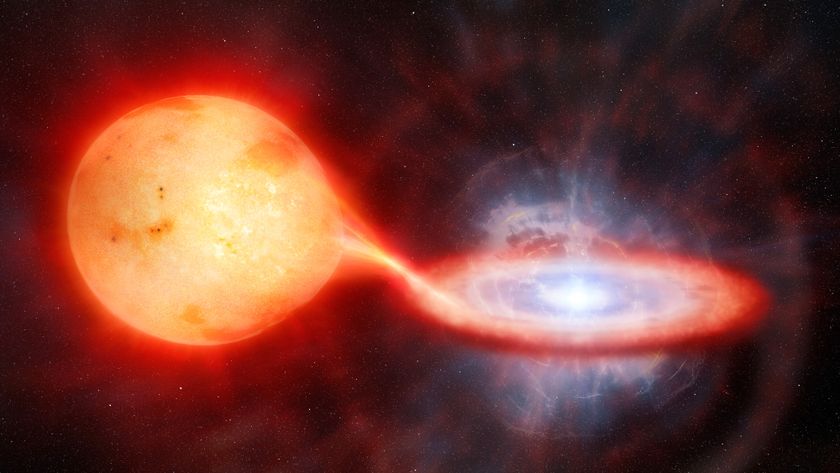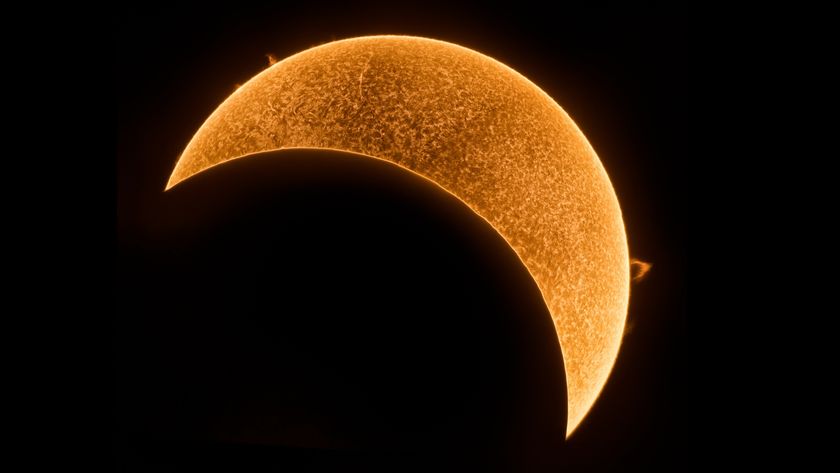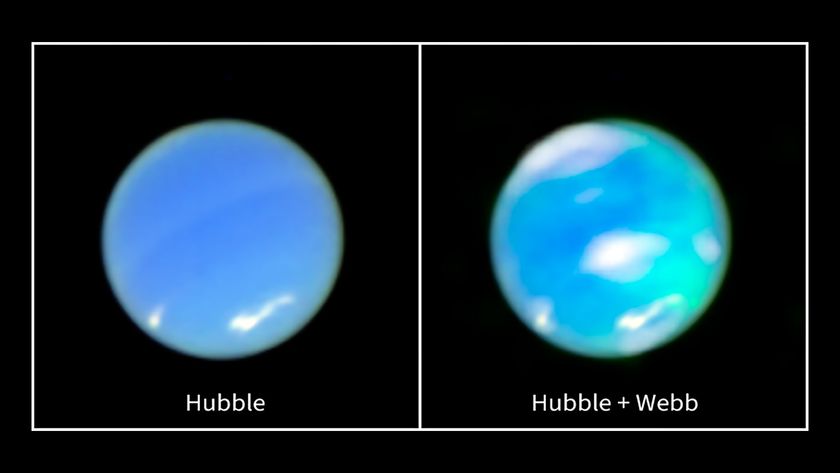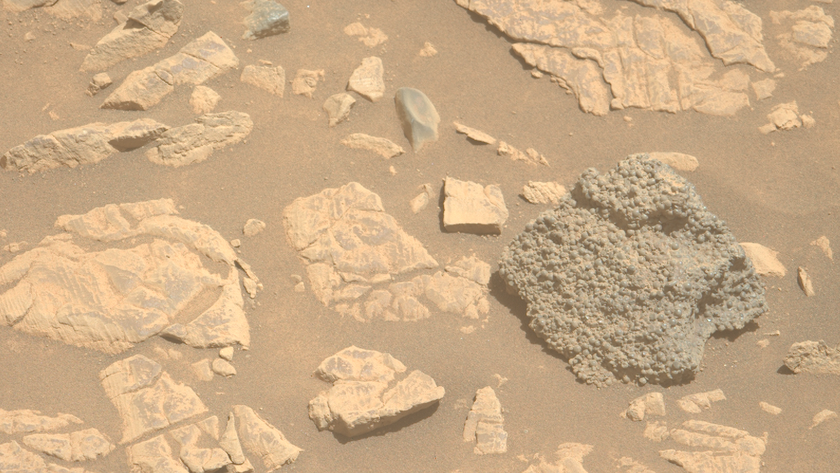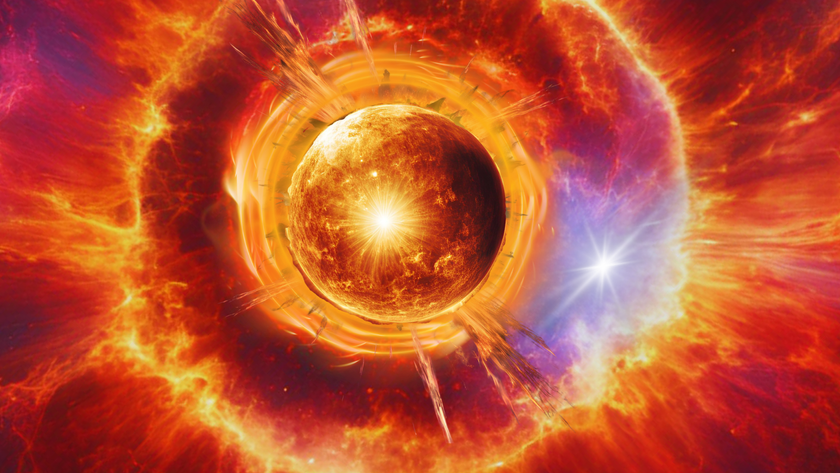
28 Years Ago, Challenger Shuttle Disaster Gave NASA Painful Lesson (Op-Ed)
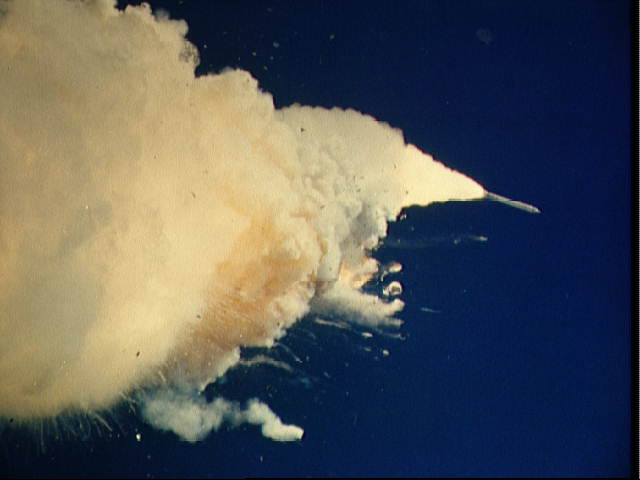
Hugh Harris was the Voice of NASA. He spent 35 years with the agency, many as director of the Public Affairs Office at NASA's John F. Kennedy Space Center (KSC), the home port of the U.S. space shuttle fleet. He is also author of the new e-book "Challenger: An American Tragedy, The Inside Story from Launch Control." Harris contributed this article to SPACE.com's Expert Voices: Op-Ed & Insights.
Tuesday, Jan. 28 marks the 28th anniversary of the destruction of the space shuttle Challenger and loss of the crew. It also was the worst day of my life as I watched from my seat in Launch Control at NASA's Kennedy Space Center (KSC).
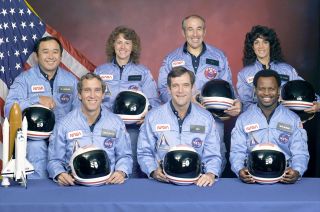
While it is always more fun to look back and celebrate the great successes in our lives, it is important to remember the lessons that the failures provide.
Fortunately, the nation had strong leaders who understood the space program's value to the nation. They immediately swung into action. President Ronald Reagan canceled the State of the Union address, scheduled for that night, in order to address the entire country about Challenger. Within a few hours, Vice President George H.W. Bush flew to KSC to comfort the families of the shuttle crew and reassure the workforce that they would find and fix the problems and the space program would continue. Even as they spoke, hundreds of space workers, with the help of other government agencies, were hard at work. [Challenger Remembered: Photos from NASA's Tragic Shuttle Disaster]
The dedicated workforce, along with the help of a Presidential Commission, quickly found the cause of the accident. Fixing it took a bit longer. But after two and a half years, the space shuttle was flying again.
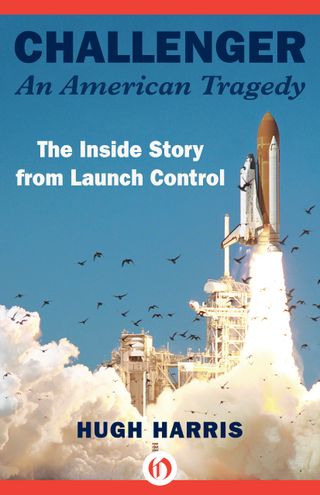
Before it was discontinued, the shuttle program made the construction of the International Space Station possible. The space station is a major national laboratory for research on problems affecting life and health on Earth, and is helping to enable humanity to venture farther from Earth. Unfortunately, there was a lapse in lessons we thought were learned, when Columbia was destroyed on re-entry in 2003. But the important thing is we honored the lost crews by moving forward. The flights resumed in 2005.
It is vital to the future of the country that people not lose sight of the importance of the space program. Many of the nation's leaders, along with millions of U.S. citizens, realize that. But many don't realize it is one of the primary foundations of the country's economic health.
Get the Space.com Newsletter
Breaking space news, the latest updates on rocket launches, skywatching events and more!
There is no program in history that has been more effective, per dollar spent, in the creation of new knowledge, new products and new jobs to improve the quality of life here and around the world. Less than one penny of each taxpayer dollar is being invested in the space program. Even so, the result has been stunning success meeting the primary objectives of learning more about our world, the universe around us, and how to live and work in space and the cosmos. Equally important, there have been tens of thousands of advances in the medical field alone, and many times more in every technical discipline you can name. The space program has enhanced almost every part of our lives, from agriculture to transportation. The advances range from the mundane, such as more than tripling the life of wheel bearings on our cars, to the more exotic, like monitoring the health of food crops and forests from space.
Advanced technology was one of the major things the U.S. had to sell the rest of the world for many years, one of the brightest spots in the balance of trade with the rest of the world has been in the aerospace and technology sectors. Digging the country out of the deepening hole of debt it has with the rest of the world is not going to happen without continued leadership in those fields. The proper funding of the space program is a vital key to doing so.

Proper funding of NASA and other science programs would still keep the cost at less than 1 cent of each tax dollar — it is time for proper funding of the agency, and clear direction based on science, not politics.
Bob Crippen, the renowned astronaut who wrote the introduction to my e-book, "Challenger: An American Tragedy," (Open Road Media, 2014) worries that Americans think NASA closed its doors when the space-shuttle program shut down. He says, "I'm glad to report that the rumors of NASA's demise are wrong. NASA has been focused on the longer term. They have been working on the spacecraft and launch vehicle that will enable deep-space missions, and we will see the results of those efforts in 2014. Throughout the year, we will see the first test flight of the new Orion crew exploration spacecraft, and engine and booster tests on the new Space Launch System (SLS) — the most powerful rocket ever built."
Despite obstacles, including years of inability to launch U.S. astronauts into space, the space program is not dead. It is the job of government agencies to fund the research and development that is not yet commercially viable for private companies. That is what happened many times in the past and is happening today. The technology developed over the years by NASA and other government agencies is now being used by private companies like SpaceX and Orbital Sciences to fly cargo to the International Space Station and develop new capabilities for launching crews into low-Earth orbit. This leaves NASA free to advance the country's capabilities for human exploration farther from Earth.
Despite the obstacles of space flight and the setbacks of accidents like Challenger and Columbia, the United States has built the greatest foundation for financial, intellectual and philosophical advances in history. We should not let it crumble into the dust of history.
America's astronauts and ground crews make space flight look easy and fun. The adventure is not just fun; it is important to the well-being of the nation's entire population.
The views expressed are those of the author and do not necessarily reflect the views of the publisher. This version of the article was originally published on SPACE.com.
Join our Space Forums to keep talking space on the latest missions, night sky and more! And if you have a news tip, correction or comment, let us know at: community@space.com.

My main interests are in data analysis related to microbial Ecology and Evolution. Schooling includes Undergraduate Degree in Ecology (2008), Master's Degree in Bioinformatics and Systems Biology (2010), and PhD in Bioinformatics (2017). Additional experience includes 3.5 years as a research assistant (Bioinformatics) in the School of Microbiology in UCC.





